Disclosure: This article contains affiliate links. We may earn a commission from purchases at no extra cost to you, which helps our travel content.
There's something profoundly transformative about contrasting landscapes—particularly when they showcase nature's most spectacular extremes. After decades of business travel across six continents, I've developed a particular appreciation for itineraries that blend diverse ecosystems within a single journey. My recent expedition connecting Zambia's Lower Zambezi with Mozambique's Tofo Beach represents what I consider the quintessential African adventure pairing: from the raw wilderness of a premier safari destination to the pristine marine sanctuary of the Indian Ocean coast. This carefully crafted 14-day journey isn't for the novice traveler—it requires multiple light aircraft transfers, occasional satellite connectivity gaps, and comfort with remote locations—but the rewards are immeasurable. As someone who typically travels with my laptop in tow, this particular expedition required deliberate disconnection, something I've found increasingly valuable in our hyperconnected world.
Planning Your Zambia-Mozambique Connection
Crafting an itinerary that seamlessly connects these two distinct ecosystems requires strategic planning, particularly regarding flight logistics. The most efficient route begins with an international flight into Lusaka, Zambia's capital, followed by a light aircraft transfer to the Lower Zambezi. After your safari experience, you'll return to Lusaka for a connecting flight to Johannesburg, then onward to Inhambane, Mozambique, before a ground transfer to Tofo.
I recommend allocating 6-7 days in Lower Zambezi and 7-8 days in Tofo to fully appreciate each destination without feeling rushed. This timeline allows for weather contingencies, which are particularly important during winter (June-August), when both regions experience their dry season—ideal for wildlife viewing in Zambia and offering pleasant temperatures in Mozambique.
For flight bookings, I've found that utilizing a travel management app is essential for keeping track of these complex connections. The ability to monitor flight changes and delays across multiple regional carriers proved invaluable when my connection in Johannesburg was delayed by two hours.
While planning, secure your accommodations and activities well in advance—at least 8-10 months—as the premier lodges in Lower Zambezi and dive operators in Tofo book quickly during peak season. This is particularly true for specialized activities like walking safaris and ocean safaris, which operate with limited daily slots.
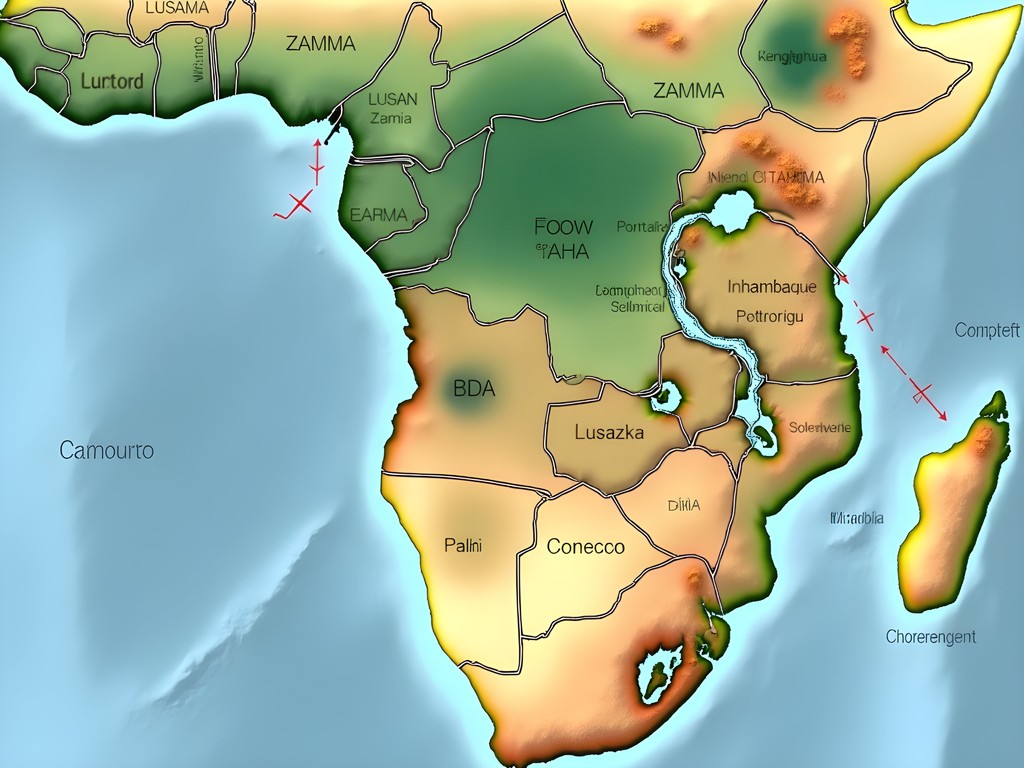
💡 Pro Tips
- Book international and regional flights separately to allow for overnight buffers in hub cities
- Consider medical evacuation insurance given the remote nature of both destinations
- Arrange airport transfers in advance as taxis are limited in both regions
Lower Zambezi: Wilderness at Its Most Authentic
The Lower Zambezi National Park represents what I consider Africa's most perfect safari environment—a pristine wilderness where the broad Zambezi River creates a natural boundary with Zimbabwe's Mana Pools across the water. Unlike the more trafficked parks of East Africa, Lower Zambezi offers an intimate safari experience where encountering another vehicle remains a rarity.
I based myself at Chiawa Camp, a luxury tented operation with impeccable conservation credentials. Their location provides direct access to both riverine habitats and inland woodlands, maximizing wildlife diversity. Each morning began with a gentle knock at my tent and freshly pressed coffee delivered by my guide, followed by a discussion of the day's exploration strategy based on recent wildlife movements.
What distinguishes Lower Zambezi is the diversity of safari activities available. Beyond traditional game drives, I spent mornings tracking lion prides on guided walking safaris, afternoons photographing elephants from silent canoes, and evenings watching leopards from specialized photography boats. The ability to alternate between land and water-based activities provides a comprehensive understanding of this complex ecosystem.
During my visit in July, temperatures ranged from cool mornings (around 50°F/10°C) to comfortable afternoons (75°F/24°C). I found my insulated jacket essential for early morning activities and night drives when temperatures dropped significantly. For photography enthusiasts, the winter light here is exceptional—clear, crisp, and with extended golden hours that transform the landscape.
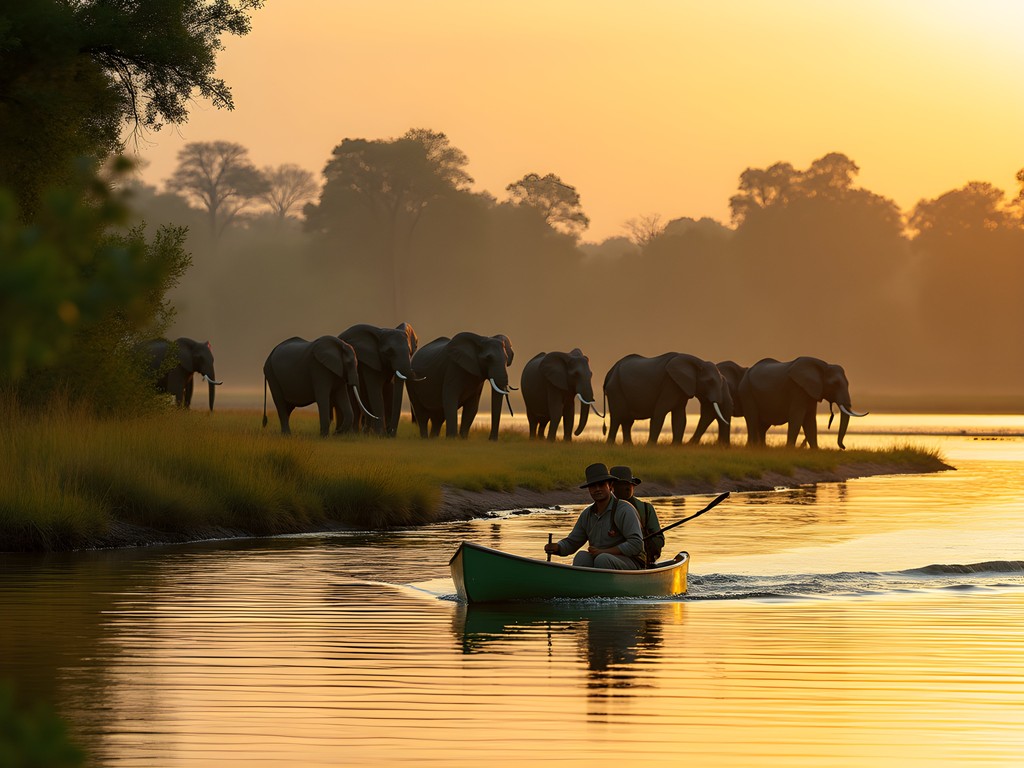
💡 Pro Tips
- Request the same guide throughout your stay for a more personalized wildlife tracking experience
- Pack neutral-colored clothing (khaki, olive, tan) for walking safaris
- Bring binoculars with at least 10x42 magnification for bird watching along the river
Digital Detox in the Wilderness
For a cybersecurity professional accustomed to constant connectivity, the Lower Zambezi presents both a challenge and an opportunity. Most camps offer limited satellite Wi-Fi in common areas, but connectivity is intentionally absent from guest accommodations. Initially, this digital separation created a familiar anxiety—the professional's fear of being unreachable during critical situations.
By day three, however, I experienced what I can only describe as a cognitive reset. The absence of notifications, emails, and news alerts created space for deeper observation and presence. I began noticing subtle details: the distinct alarm calls of different bird species indicating predator movements, the behavioral patterns of elephant family groups, and the changing light patterns across the floodplains.
For those who require some connectivity, I recommend setting clear expectations with colleagues about your limited availability. I established a daily 30-minute window for checking critical communications using my satellite messenger, which provides global coverage for essential messages and emergency communications without the distraction of full internet access.
The camps in Lower Zambezi are designed to facilitate this reconnection with nature. At Chiawa, the absence of physical barriers between accommodations and wildlife means elephants frequently move through camp, and hippos graze outside tents at night. This immersion creates a heightened awareness that no digital experience can replicate—a reminder of our place within natural systems rather than separate from them.
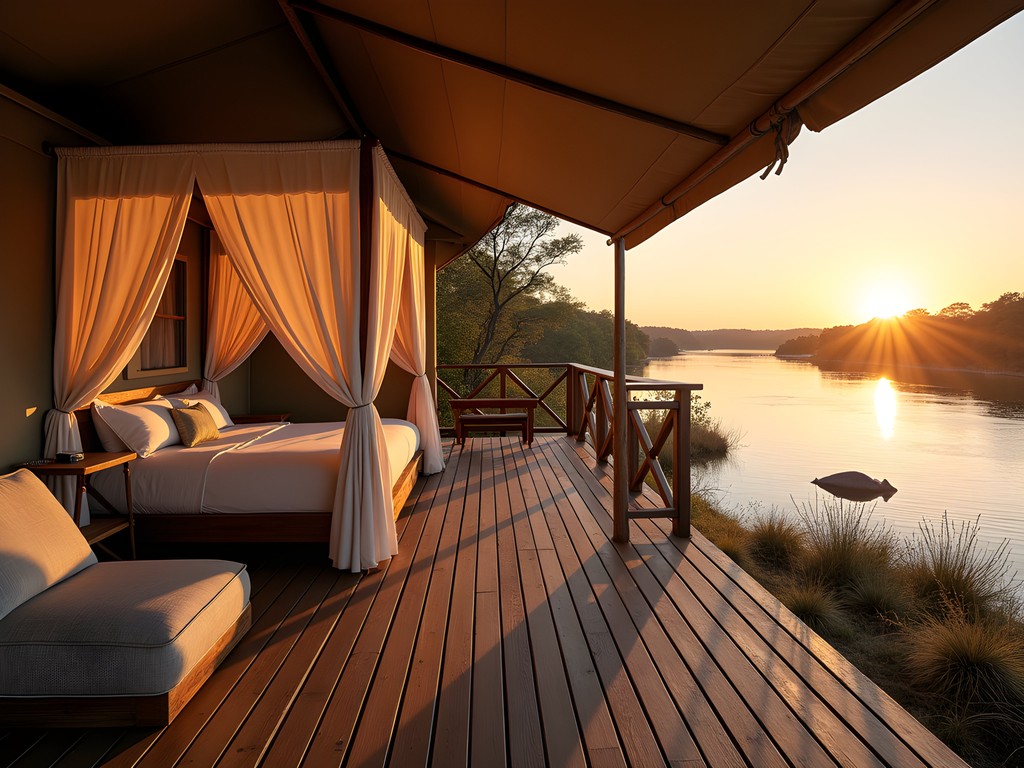
💡 Pro Tips
- Download essential documents before arrival as backup options are limited
- Bring a solar charger for camera equipment as charging opportunities may be limited
- Consider journaling as a replacement for digital documentation—it enhances memory retention of wildlife encounters
Tofo Beach: Ocean Wilderness Exploration
The transition from Zambia's landlocked wilderness to Mozambique's coastline creates a sensory recalibration. After the earth tones and dust of the safari, Tofo's palette of turquoise waters and white sand beaches feels almost surreal. Located north of Maputo on the Inhambane peninsula, Tofo represents one of the last authentic beach destinations in Africa—a place where development remains minimal and marine life thrives in protected waters.
I stayed at Baia Sonambula Guest House, a boutique property with direct beach access and a relaxed atmosphere that perfectly balances comfort with local character. The beachfront location provided immediate access to both ocean activities and the small village center, eliminating the need for daily transportation.
Tofo's primary attraction lies beneath the surface—its waters host one of the world's most reliable populations of whale sharks and manta rays. As a certified diver with moderate experience (approximately 75 dives), I found Tofo's sites challenging but manageable. The region experiences strong currents that attract pelagic species but require confident water skills. For underwater documentation, my underwater camera captured remarkable footage of marine encounters without requiring professional equipment.
Beyond diving, Tofo offers excellent opportunities for ocean safaris (snorkeling trips specifically targeting whale shark encounters), horseback riding along deserted beaches, and exploring the vibrant local culture. The community-based tourism initiatives here provide genuine cultural exchanges rather than contrived performances—I particularly valued the sustainable fishing tour that concluded with a beach preparation of the day's catch.
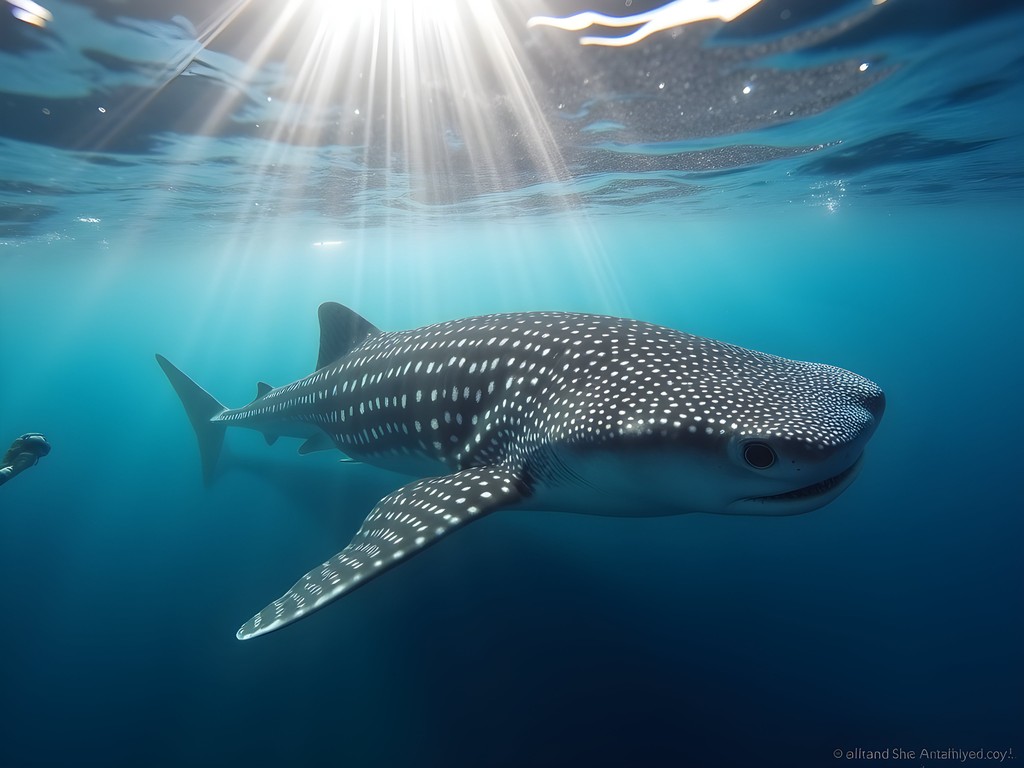
💡 Pro Tips
- Book diving packages in advance as daily spots are limited, especially for marine megafauna specialty dives
- Bring reef-safe sunscreen as regular formulations are damaging to the coral ecosystem
- Consider adding a day trip to nearby Bazaruto Archipelago for pristine sandbank experiences
The Connectivity Contrast: Working Remotely in Mozambique
While Lower Zambezi represents a true digital detox, Tofo offers an interesting case study in remote work capabilities from unexpected locations. As someone who has evaluated digital nomad potential across six continents, I was pleasantly surprised by the connectivity infrastructure in this small beach community.
Most accommodations offer reliable Wi-Fi, and Mozambique's mobile data network provides consistent 4G coverage throughout the Tofo area. For professionals considering extending their stay with some remote work, this creates a viable option for balancing ocean adventures with productivity.
I established a morning routine that allowed for work between 6:00-10:00 AM, followed by diving or ocean activities during midday, then a second work session in late afternoon if needed. This schedule maximized both professional output and adventure experiences. For remote work sessions, I utilized the beachfront deck at my guesthouse or one of several café-workspace hybrids in the village.
Security considerations remain important when working remotely from such locations. I relied on my travel VPN for all connections and maintained strict data management protocols. The contrast between completely disconnecting in Zambia and selectively connecting in Mozambique created an interesting gradient of digital engagement that I found professionally refreshing.
For video conferences, I recommend scheduling during morning hours when both connectivity and lighting conditions are optimal. Several establishments, including Tofo Scuba and Casa Barry, have created designated work spaces with reliable power and internet specifically catering to the growing number of professionals extending their stays.
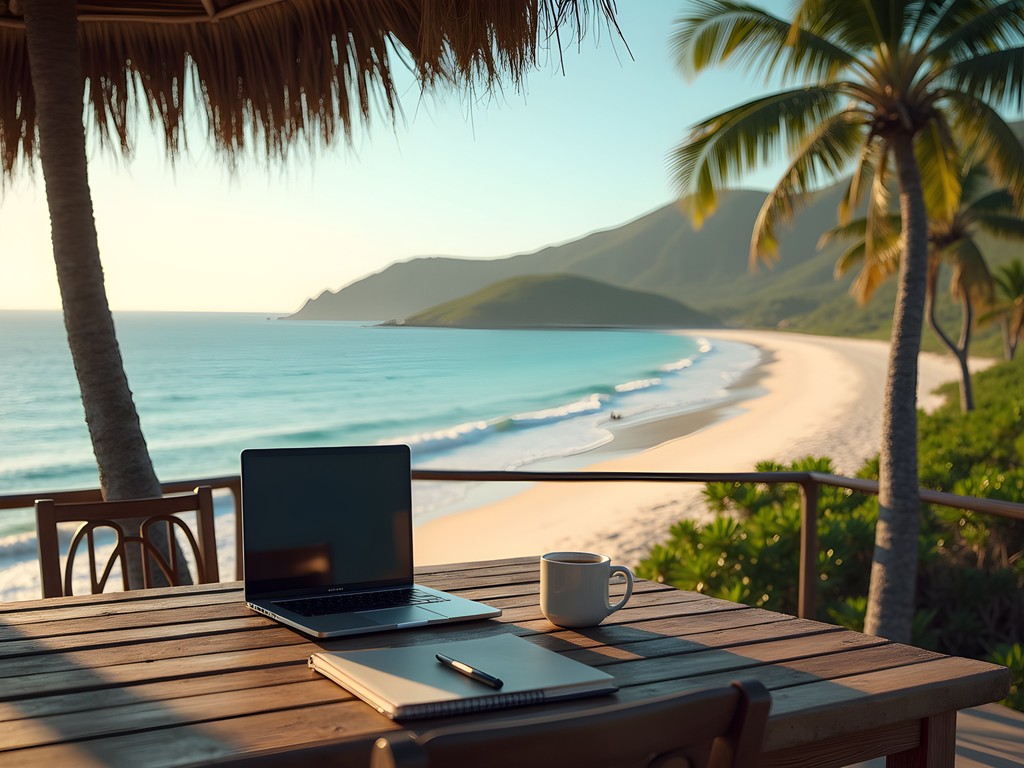
💡 Pro Tips
- Purchase a local SIM card in Inhambane for backup connectivity options
- Bring a portable power bank as occasional outages occur even in established accommodations
- Schedule important video calls during early morning hours when bandwidth demand is lowest
Responsible Travel in Sensitive Ecosystems
Both destinations in this itinerary represent fragile ecosystems facing increasing pressures from climate change, resource extraction, and tourism development. As travelers privileged to access these environments, we carry significant responsibility for minimizing our impact while maximizing our contribution to conservation efforts.
In Lower Zambezi, I selected Chiawa Camp specifically for their conservation leadership—they were instrumental in establishing the Lower Zambezi Conservation Trust and pioneered anti-poaching initiatives that have dramatically reduced wildlife crimes in the region. When evaluating safari operators, I recommend prioritizing those with transparent conservation contributions and community employment practices over those offering marginally lower rates.
Similarly, in Tofo, I chose dive operators and accommodations with established marine conservation credentials. Peri-Peri Divers partners with the Marine Megafauna Foundation, contributing customer fees directly to research and investing in local marine education programs. Their ocean safari experiences follow strict wildlife interaction protocols that prioritize animal welfare over customer photo opportunities.
Beyond operator selection, personal behavior significantly impacts these ecosystems. In Zambia, this means respecting wildlife viewing distances, properly disposing of waste, and minimizing water consumption in this drought-prone region. In Mozambique's marine environment, avoiding single-use plastics, using reef-safe sunscreen, and maintaining appropriate distance from marine life preserves the very ecosystems we travel to experience.
For those interested in deeper engagement, both destinations offer opportunities to participate in conservation activities—from wildlife monitoring in Lower Zambezi to marine research assistance in Tofo. These experiences provide meaningful connections beyond standard tourist activities while contributing to scientific understanding of these threatened ecosystems.
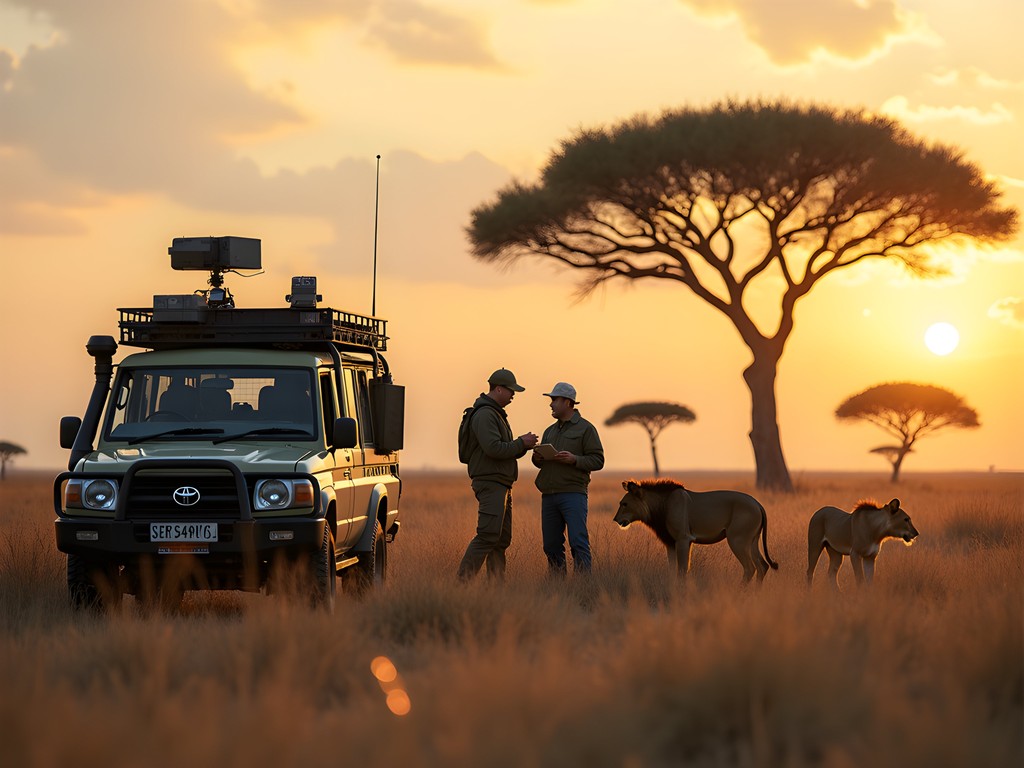
💡 Pro Tips
- Research operators' conservation credentials before booking, looking for specific programs rather than general claims
- Pack a portable water filter to eliminate the need for plastic water bottles
- Consider carbon offsetting your flights through verified programs that benefit local communities
Final Thoughts
This Zambia-Mozambique combination represents what I consider the perfect balance of wilderness immersion and adventure diversity. The journey from tracking leopards along the Zambezi's banks to diving with manta rays in Tofo's waters creates a sensory tapestry that continues to resonate months after returning. While the logistics require careful planning and the price point reflects the remote luxury experience, the resulting memories justify the investment. For couples seeking a transformative adventure that combines wildlife encounters with ocean exploration, this itinerary delivers extraordinary experiences while supporting critical conservation initiatives in both ecosystems. As remote work possibilities continue expanding, consider extending your stay in Tofo—where reliable connectivity meets world-class marine adventures in a setting that remains authentically African. The wilderness, both terrestrial and marine, awaits.
✨ Key Takeaways
- Combining inland safari with marine exploration creates a more comprehensive African wilderness experience
- Winter months (June-August) offer optimal conditions in both destinations with comfortable temperatures and excellent wildlife viewing
- The contrast between digital disconnection in Zambia and selective connectivity in Mozambique creates a balanced approach to technology integration
- Selecting operators with strong conservation credentials directly contributes to protecting these vulnerable ecosystems
📋 Practical Information
Best Time to Visit
June through August (dry season)
Budget Estimate
$12,000-$18,000 per couple for 14 days including internal flights
Recommended Duration
14 days minimum (6-7 days Lower Zambezi, 7-8 days Tofo)
Difficulty Level
Challenging
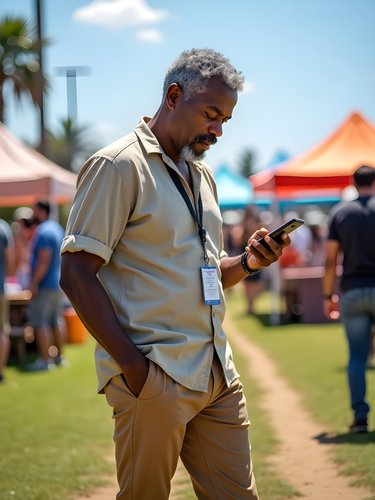
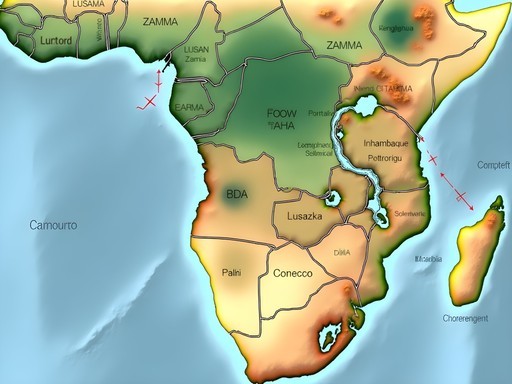
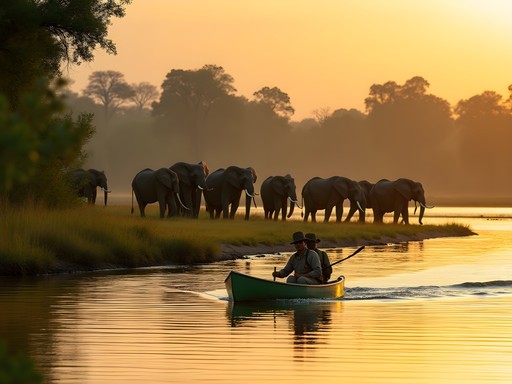
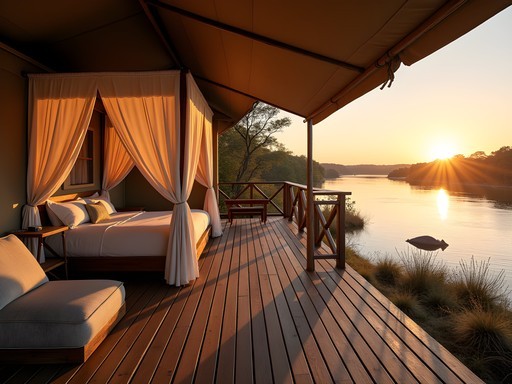
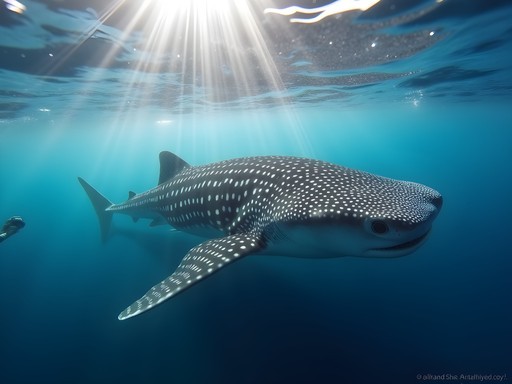
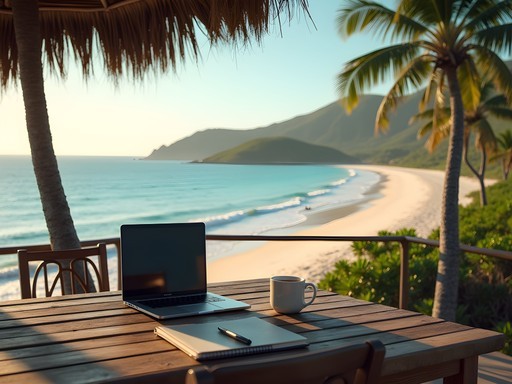











Comments
Hunter Thompson
This itinerary is gold, Pierre! Did almost the exact route last summer but on a backpacker budget. For those wanting to do this more affordably: in Lower Zambezi, check out Mvuu Lodge - it's a fraction of the price of the luxury camps but still gives you amazing wildlife access. For getting between countries, the bus from Tete to Beira then north to Inhambane is rough but doable and saves hundreds vs. flying. Tofo has great hostels too - Mozambeat Motel was my favorite with a cool vibe and decent dorms. The street food in Tofo is incredible too - those peri-peri prawns still haunt my dreams!
Nicole Russell
Hunter - that bus journey sounds epic! How long did the overland route take you? I'm planning to go back and might try that way next time.
Hunter Thompson
Nicole - it was about 2.5 days of actual travel time, but I broke it up with stops along the way. Definitely not for the faint-hearted but the scenery and people you meet make it worthwhile!
greenbuddy
Did Lower Zambezi last year. The canoeing safaris are a must-do!
beachway
Just got back from Tofo Beach last month and it's everything Pierre describes and more! We stayed at Baia Sonambula which was perfect - right on the beach with incredible views. The ocean safaris were mind-blowing - saw whale sharks, manta rays, and even a humpback mother and calf. One tip for anyone planning to visit: definitely learn some basic Portuguese phrases. The locals really appreciate it, and it helps a lot when you're in smaller towns or markets. Also, the seafood at Tofo Beach Market is unbelievably fresh and cheap!
greenbuddy
How was the diving there? Worth bringing my own gear?
beachway
The diving was spectacular! Plenty of rental places but if you're serious about it, bring your own mask and computer at minimum. Water was warm enough for a 3mm wetsuit in April.
roamrider
Those elephant photos are incredible! Adding this to my bucket list!
Nicole Russell
Pierre, you've captured the essence of these two destinations perfectly! I did a similar trip last year and the contrast between safari and sea was absolutely magical. Lower Zambezi blew me away - those sunset cruises watching elephants crossing the river while hippos grunt nearby... nothing compares! And I totally agree about the digital detox. I used my waterproof binoculars constantly and they were perfect for both wildlife viewing and whale watching in Tofo. Did you try any of the dhow trips from Tofo? That was a highlight for me!
greentime
This looks incredible! How difficult was the transportation between Zambia and Mozambique? I'm thinking about doing something similar next year but worried about logistics.
Pierre Harrison
Thanks for asking! The connection isn't straightforward, but that's part of the adventure. I flew from Lusaka to Johannesburg, then to Inhambane. You could also consider the overland route if you have more time.
greentime
Thanks Pierre! That's really helpful. Did you arrange the transfers yourself or through a tour company?
Pierre Harrison
I arranged everything independently, but if it's your first time in the region, a specialized tour operator could be worth the extra cost. Just make sure they understand what you want from the experience!
dreambuddy
That sunset shot over the Zambezi with elephants silhouetted against the orange sky is absolutely stunning. Wallpaper material!
summerlover
Which month would you recommend for the best whale shark sightings in Tofo?
Pierre Harrison
October through February has the highest concentration of whale sharks, but you can spot them year-round. November was perfect when I visited.
Jean Wells
Having traveled this exact route solo last year, I'd add a few practical notes: 1) The small aircraft weight restrictions between Zambia and Mozambique are strictly enforced (15kg soft bags only), 2) Malaria prophylaxis is essential for both regions, and 3) The shoulder seasons (Apr-May, Sep-Oct) offer the best balance of wildlife viewing and beach conditions. Pierre's recommendation about splitting the trip into distinct segments is spot-on - I spent 5 days in Lower Zambezi and 7 in Tofo, which felt perfect. The cultural contrast between these regions adds another fascinating dimension to the journey.
summerlover
Thanks for the weight restriction tip! Did you find laundry services at the camps?
Jean Wells
Yes, all the safari camps offer daily laundry (though they typically don't do underwear). Most beach lodges in Tofo have it too but slower (24-48hrs).
coffeebackpacker
This looks AMAZING!!! Saving for my honeymoon planning!
Venture X
Premium card with 2X miles, $300 travel credit, Priority Pass